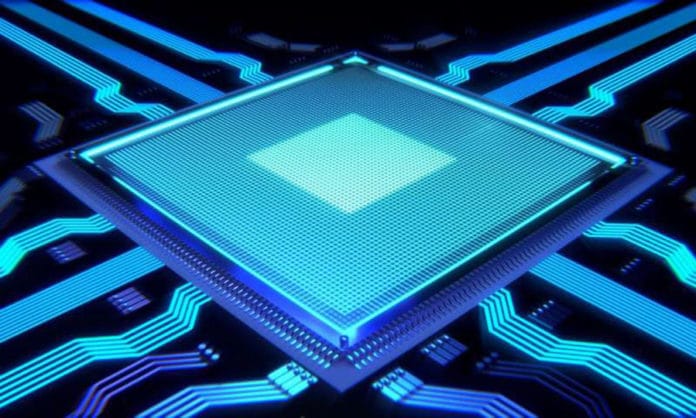Magnetic based technologies, like NanoMagnetic Logic, are gaining more interest as possible substitutes of CMOS transistors. Most of the logic and memory devices use nanomagnetic mechanisms to store and manipulate information. They needed energy only for reading and writing the information, not for maintaining their magnetic state.
Another method of controlling magnetism uses electrical current that transports spin to write information, but this usually involves flowing charge. It can be enormously costly when using it in the large server farms or in bigger applications like artificial intelligence, that need extensive memory. This is because it generates heat and energy loss.
However, spin can be transported without a charge with the use of a topological insulator. A topological insulator is a material whose interior is insulating but that can support the flow of electrons on its surface.
Using the same technique, the researchers from New York University introduce a voltage-controlled topological spin switch (vTOPSS). Instead of the current, it requires an electric field to switch between two Boolean logic states. This could reduce the heat generated and the energy used.
The device uses a topological insulator, which has the highest efficiency of conversion of the electric field to spin torque yet observed at room temperature, and a low-moment magnetic insulator that can respond rapidly to a given spin torque.
A team member, Shaloo Rakheja, an assistant professor of electrical and computer engineering at the NYU Tandon School of Engineering, employs a simple analogy to explain the impact of switching between two states more effectively. “Imagine if you were preparing a recipe and had to go into a different room anytime you needed an ingredient before returning to the kitchen to add it,” she says. “It’s just as inefficient when the portions of computing hardware needed to do a calculation and the portions needed to store it are not well integrated.”
While these kind of devices are still slightly slower than silicon transistors, vTOPSS increases functionality, and circuit design possibilities, as it has integrated logic and non-volatile memory. “This is ultimately a matter of user experience and added features,” Rakheja says.
Moreover, the researchers also hope that this topological spin switch will make computing safer as it reduces the reliance on cloud memory. This is why hackers will have greater difficulty gaining access to a system’s hardware.
Besides Shaloo Rakheja, the team comprises of Andrew D. Kent, an NYU professor of physics and director of the University’s Center for Quantum Phenomena, along Michael E. Flatté, a professor at the University of Iowa.
The researchers are next planning to include further optimization at the materials and design level to improve the switching speed and also developing prototypes.
